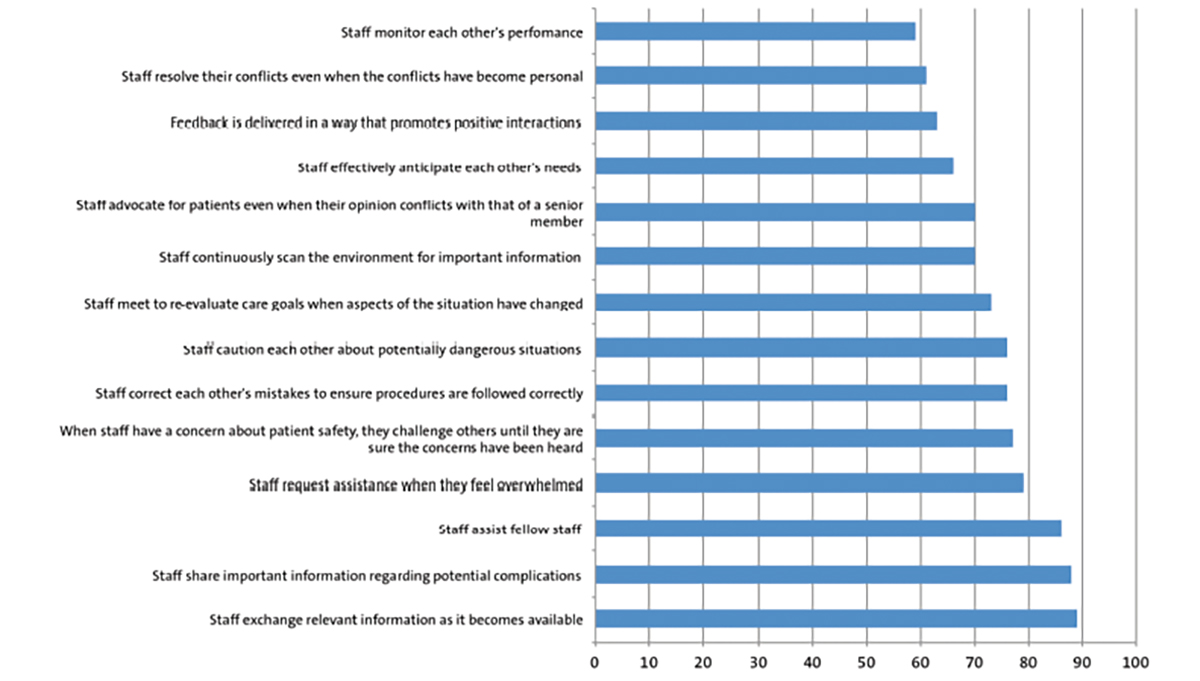Prematurity with disorder of sex development. Case report of a gestational age estimation challenge
Newborn complications and deaths decrease as gestational age increases. Therefore, determining gestational age accurately is necessary in managing newborns appropriately. A newborn with dysmorphic genitalia was delivered at our facility to a mother unsure of her dates. Determining gestational age by the New Ballard Score (NBS) was therefore challenging, hence foot length was used, which estimated the age at 31 weeks. A quick method such as measuring foot length can be used as an alternative to estimate gestational age in preterm neonates with disorder of sex development where NBS can not be used to assess maturity of external genitalia.
Rukhsar OsmanPaediatric Resident
Yaser Abdallah
Consultant Neonatologist, Department of Paediatrics
Aga Khan Medical University and Aga Khan Hospital, Dar es Salaam, Tanzania
Please subscribe and log in to see the full article.
- Determining gestational age by the New Ballard Score is challenging in babies with dysmorphic genitalia.
- Postnatal foot length measurement is an alternative in such a situation.
Also published in Infant:


